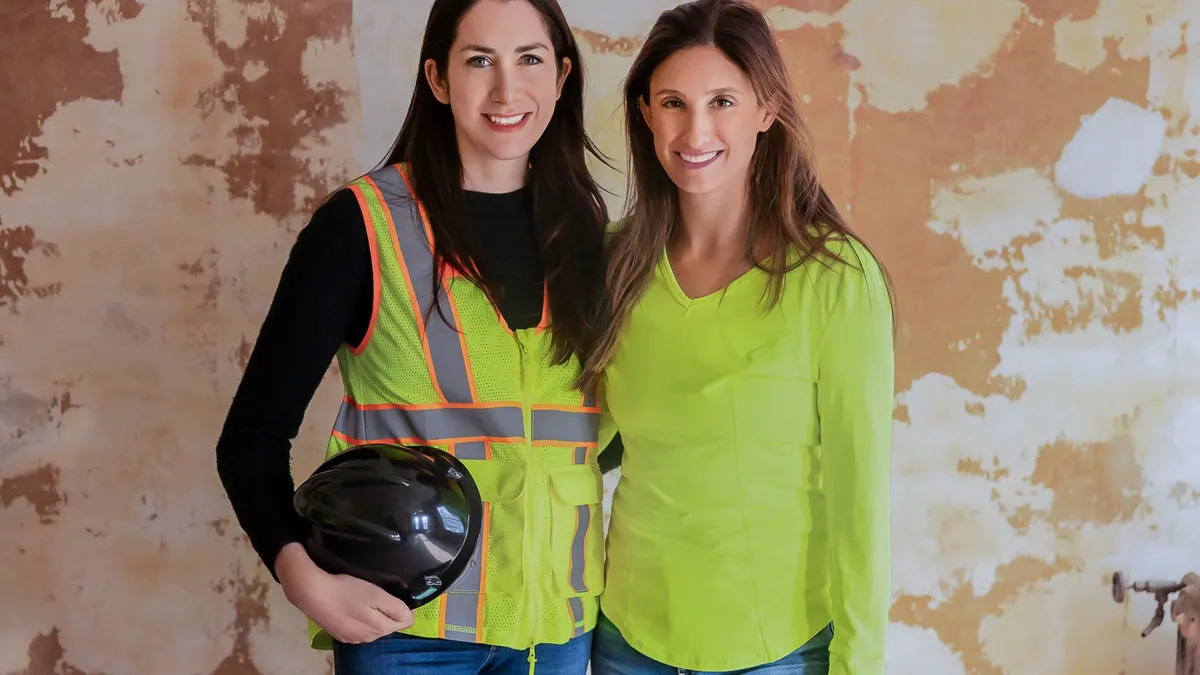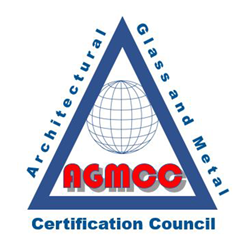Dr. Hilary Gallin was working as an anesthesiologist and wearing protective goggles for a medical procedure that required the use of a laser, which created a hazard. The protective goggles slipped off her face, and the laser briefly blinded her in one eye, she said.
“And so I went to the emergency room and luckily I'm okay,” Gallin said. “But what then happened was it took me another several months to get goggles that fit me. They just weren't available for women. They were too heavy. Nothing was really made for women.”
She took the problem to her friend, Kaitlin McCarthy, founder and CEO of Boston-based real estate developer Ionic Development Company. The pair knew each other through Harvard Business School.
McCarthy related to Gallin’s complaints.
“Ever since my first day on a jobsite, I have felt like the PPE was very obviously not meant for me,” McCarthy said. “The vest was 10 sizes too big, the boots are awkward, the hats are clunky.”
The two of them realized that PPE designed for men wasn’t just an issue of safety, but one of confidence and pride at work.
As a result, in May, the pair launched ARX, a personal protective equipment brand designed for women. For now, the site sells one product: a vest retailing for $55. But the founders have plans to expand.
“We want to be your one-stop shop and your trusted resource for head-to-toe PPE for women,” Gallin said. “That can mean everything from goggles and gloves and a vest to our next product — actually a long sleeved kind of athleisure, like an athletic-style shirt for the construction site.”
The need to fit in
The founders tapped into their own experiences with PPE and also interviewed other women to find their gripes and figure out what they wanted from their gear.
For one, their research reinforced that women’s PPE shouldn’t merely be smaller sizes, as the proportions of frames and shoulders are different for most women. But perhaps most importantly, they knew visually they did not want their gear to stand out. At least, not in the wrong way.
“The women in our focus groups just wanted to look like everybody else,” McCarthy said, referring to a common strategy for PPE to appeal to women dubbed “shrink it and pink it.”
“They don't want it to be pink. We had played around with different design ideas for the stripes and the reflective tape. And they just wanted to look like everybody else,” she said.
But beyond appearance, there’s also the need for utility. That meant putting pockets in the “right” places, the founders said, and even providing a discrete spot near the shoulder closed by a zipper that they call “the tampon pocket.”
“One of the problems that we heard was people would take stuff out of their pockets and a tampon would fall out,” McCarthy said. The location of the pockets on the vest is designed for the wearer to get the most use out of storage while also maintaining privacy.
Prioritizing PPE
In January, a new OSHA rule went into effect that requires contractors to provide properly fitting PPE to their workers — aligning construction with a rule already in place for general industry.
As a result, the ARX founders think they timed the release of their firm’s line of gear well. McCarthy said they have seen a response from companies and individuals alike, as women in the trades often take responsibility for finding their own gear.
Gallin said the best response has been from safety managers or superintendents excited to provide their workers with better PPE.
“They said, ‘You know, I felt really disingenuous doing my job, handing something to a new employee that didn't fit as well as it should. And saying, okay, well this should protect you,’” Gallin said. “And so it's been interesting to kind of have the conversation both with the female user, but also a safety manager who says, ‘I now feel better because there is something that I can stand by and give to my employee.’”














